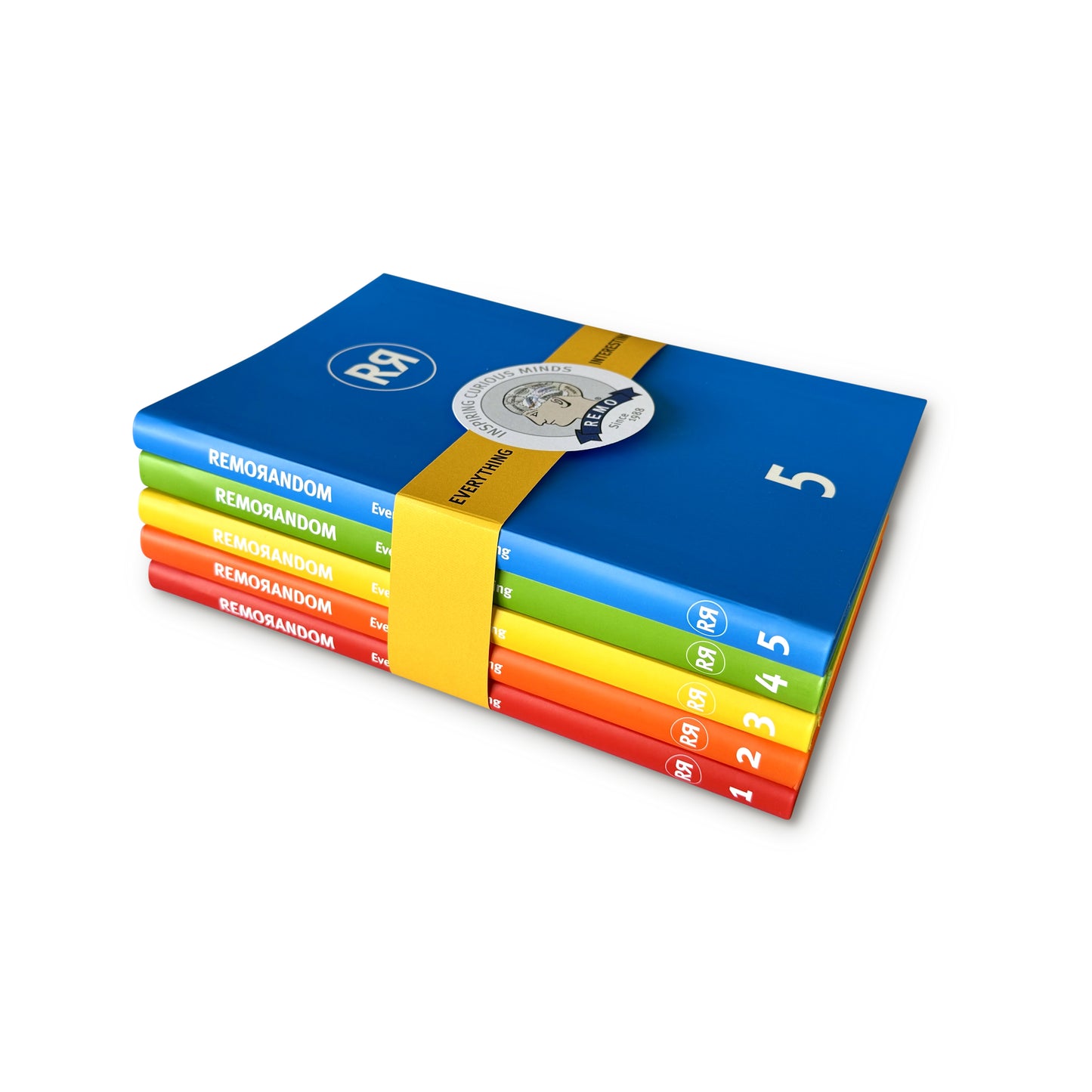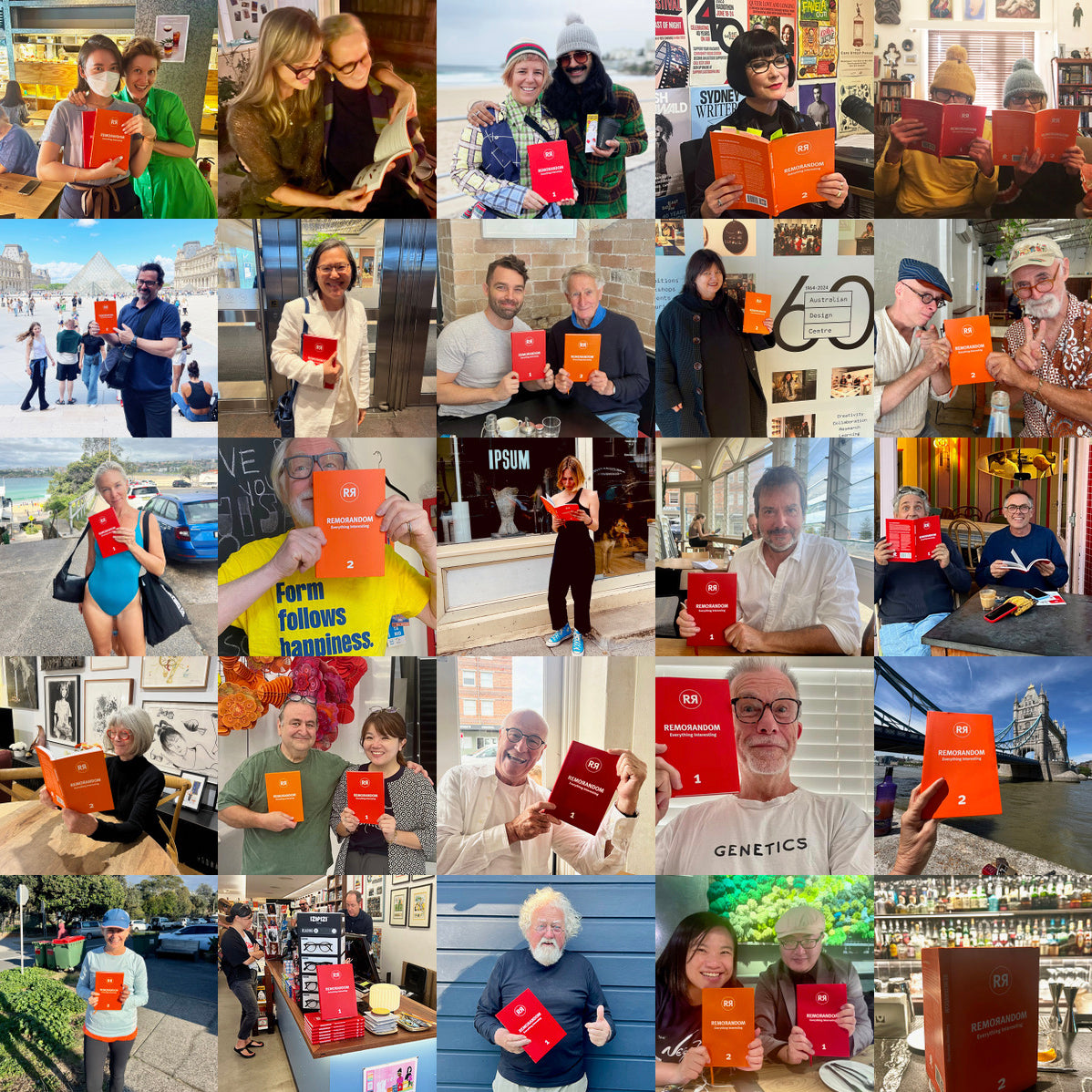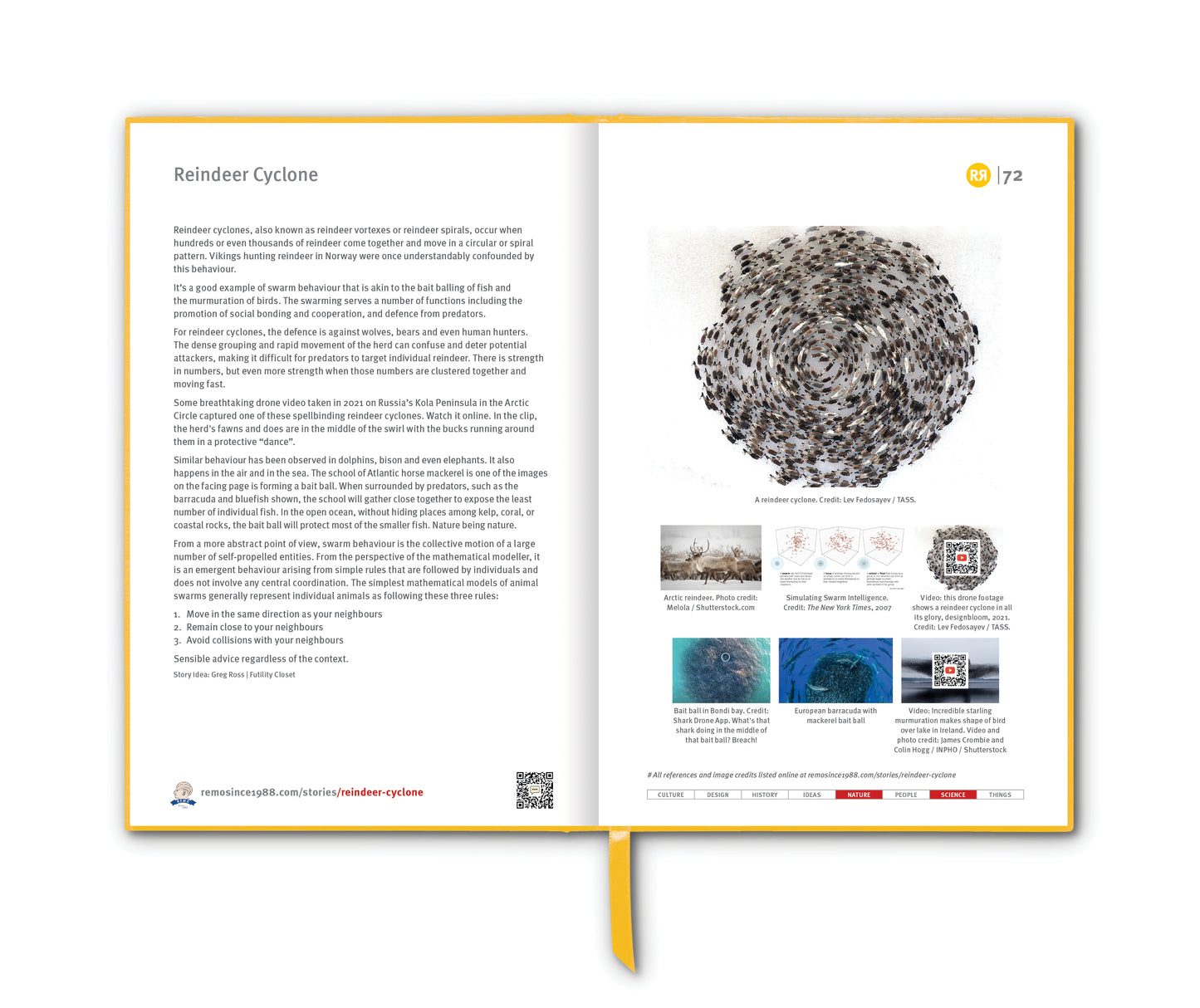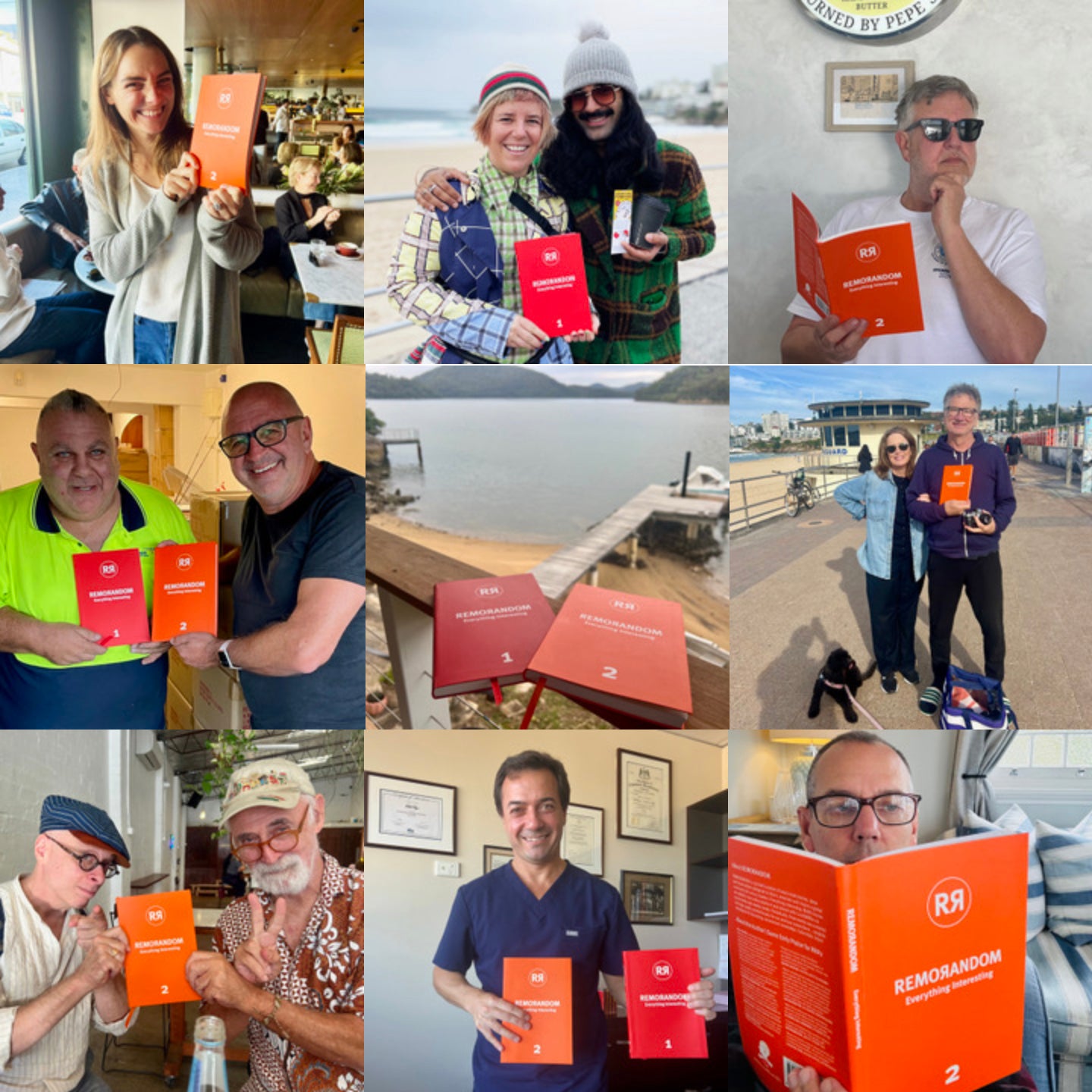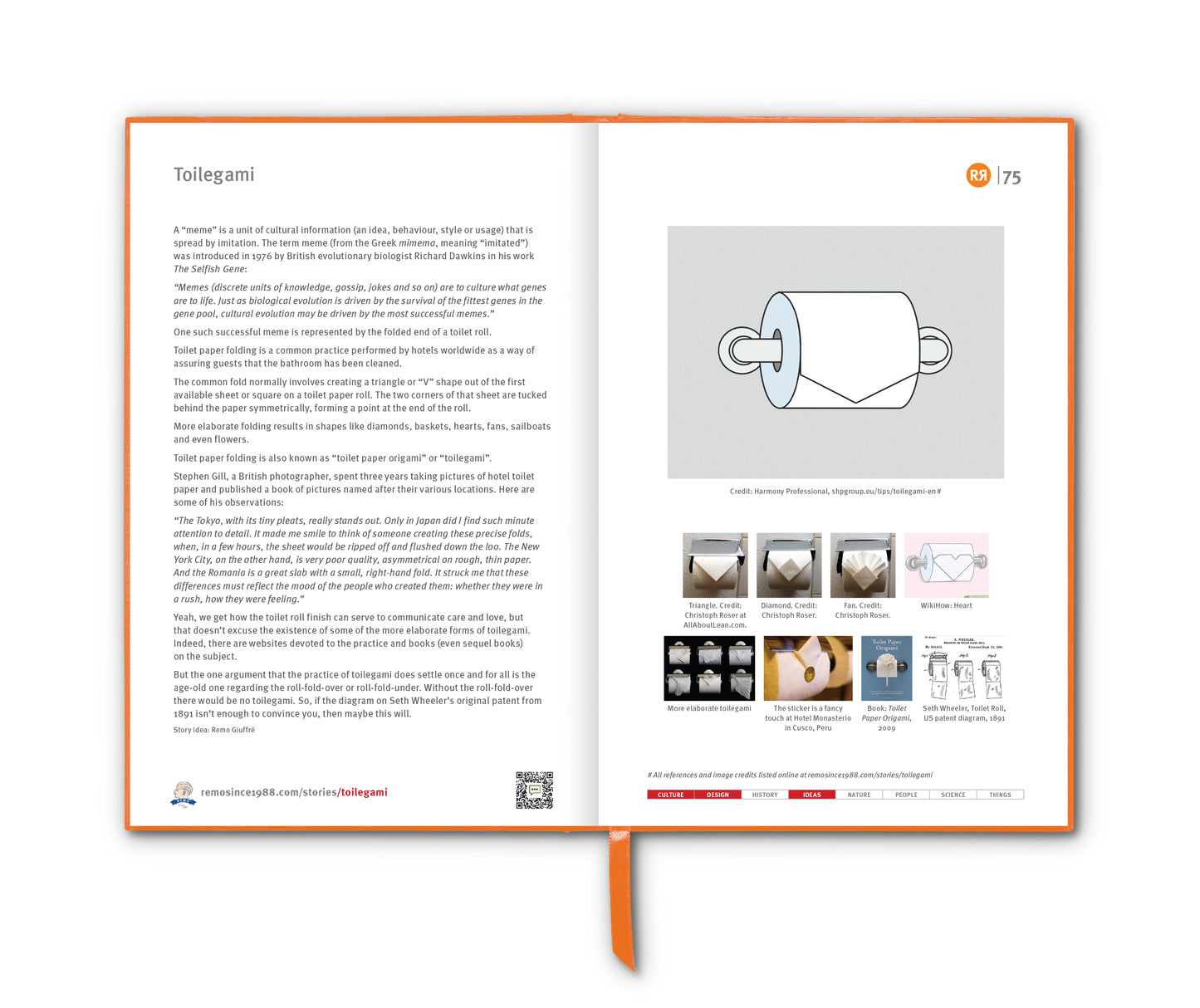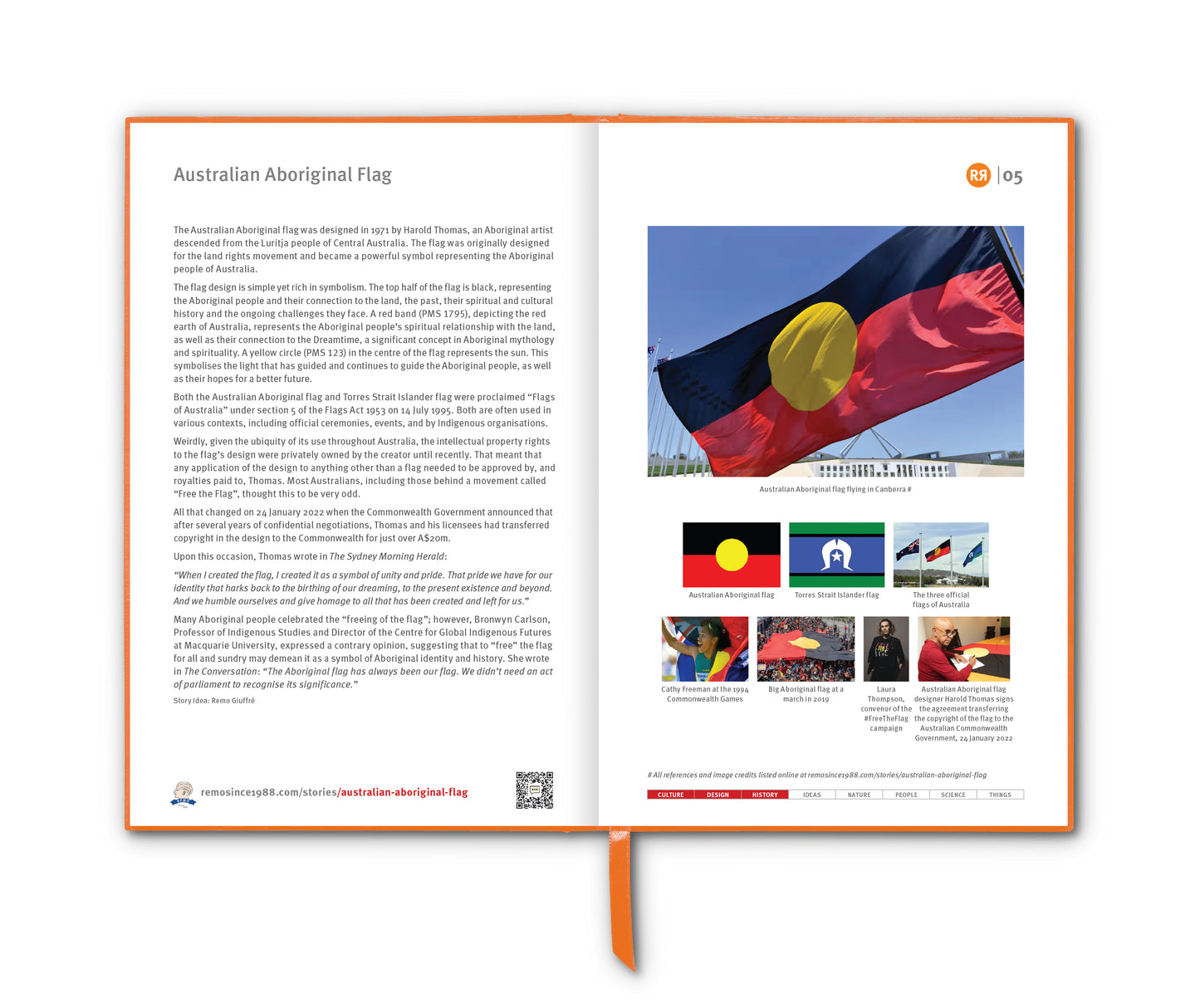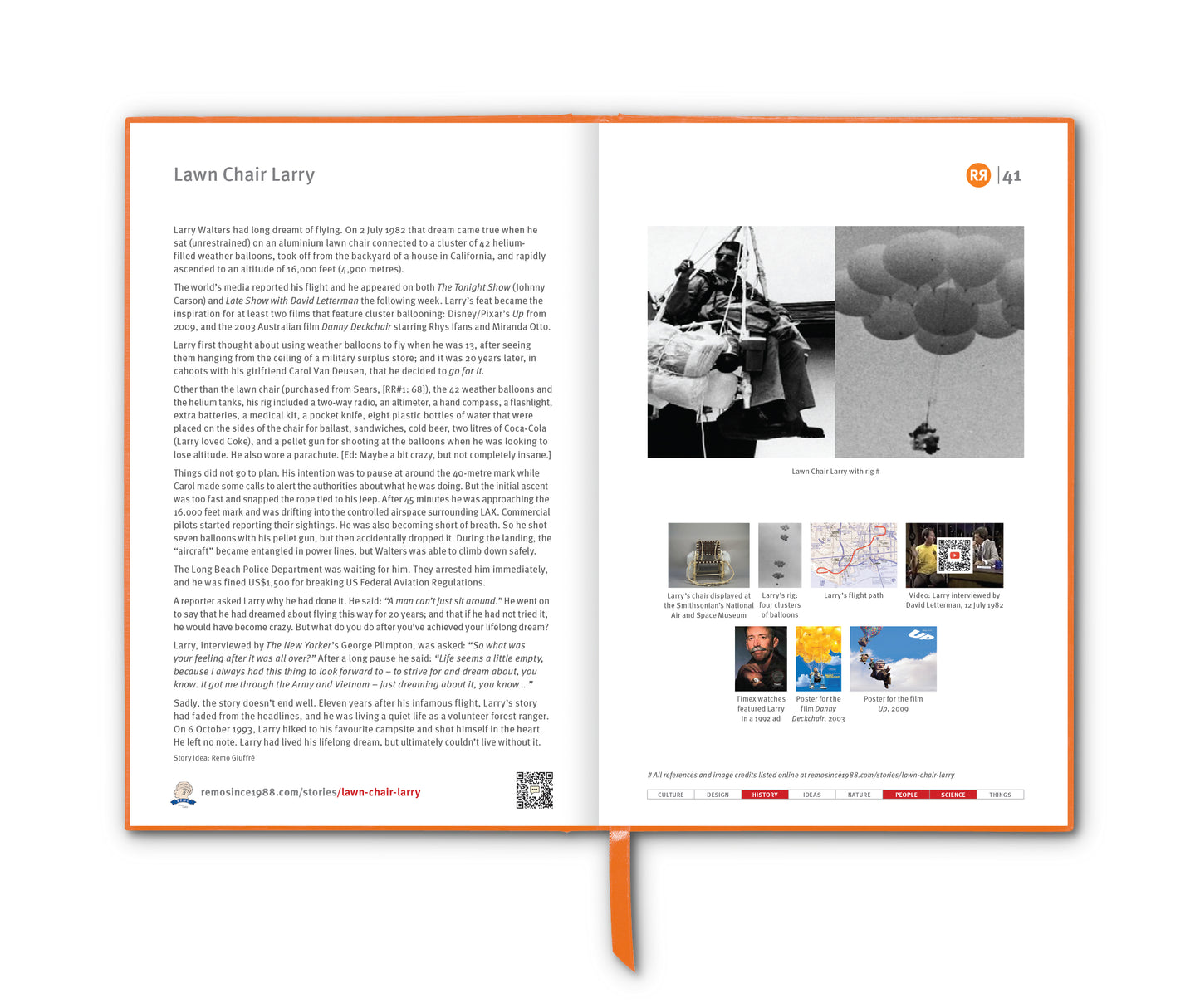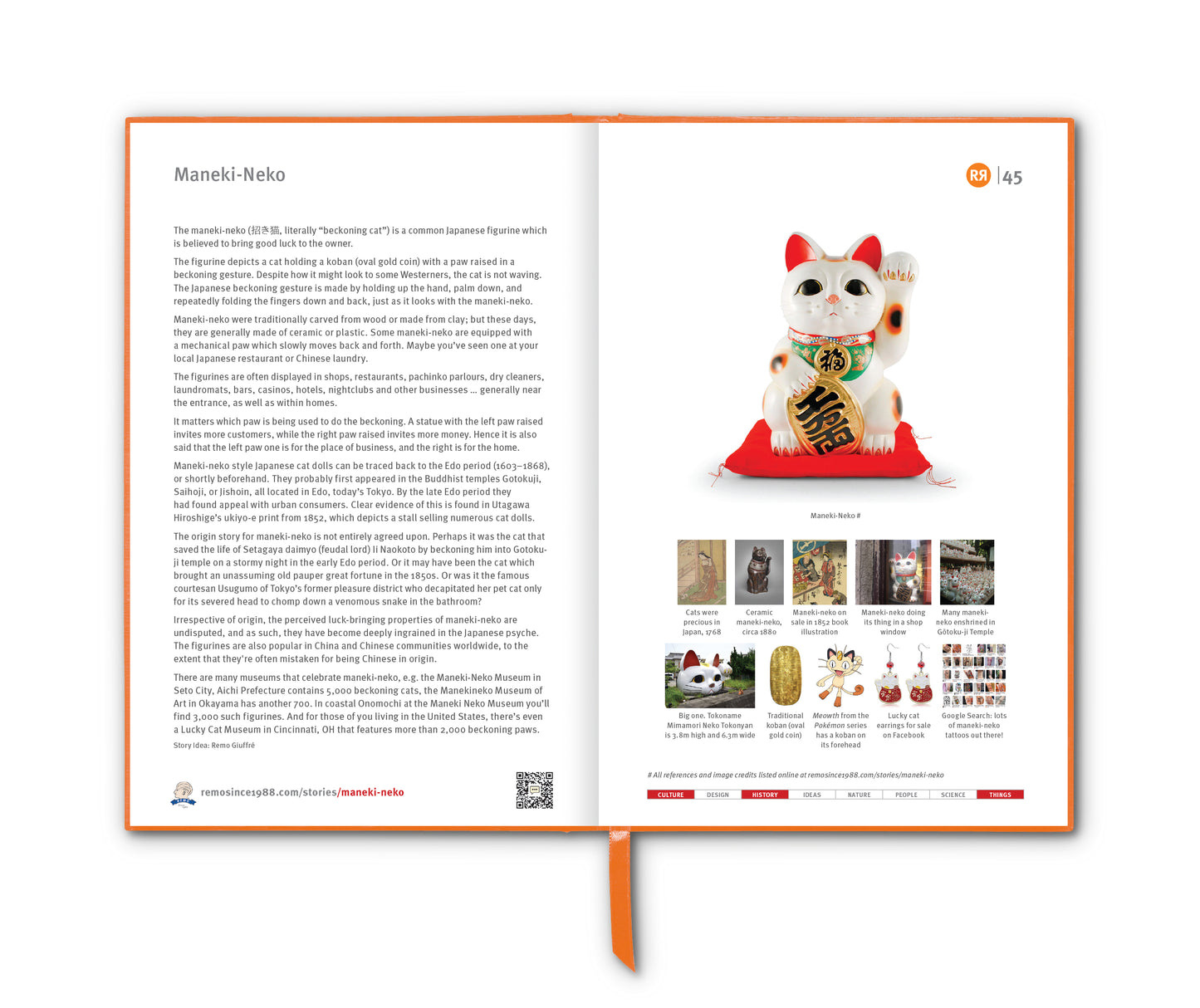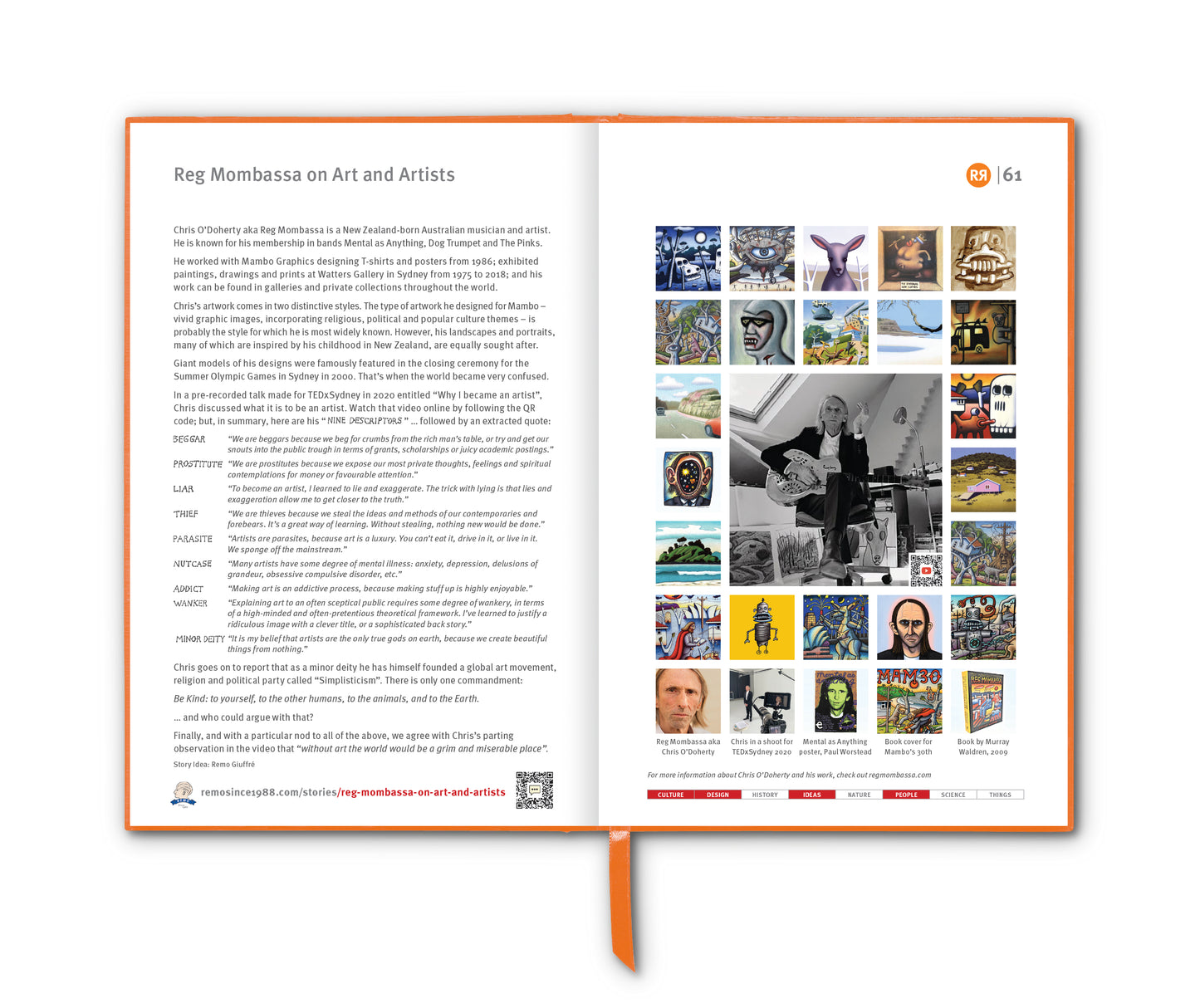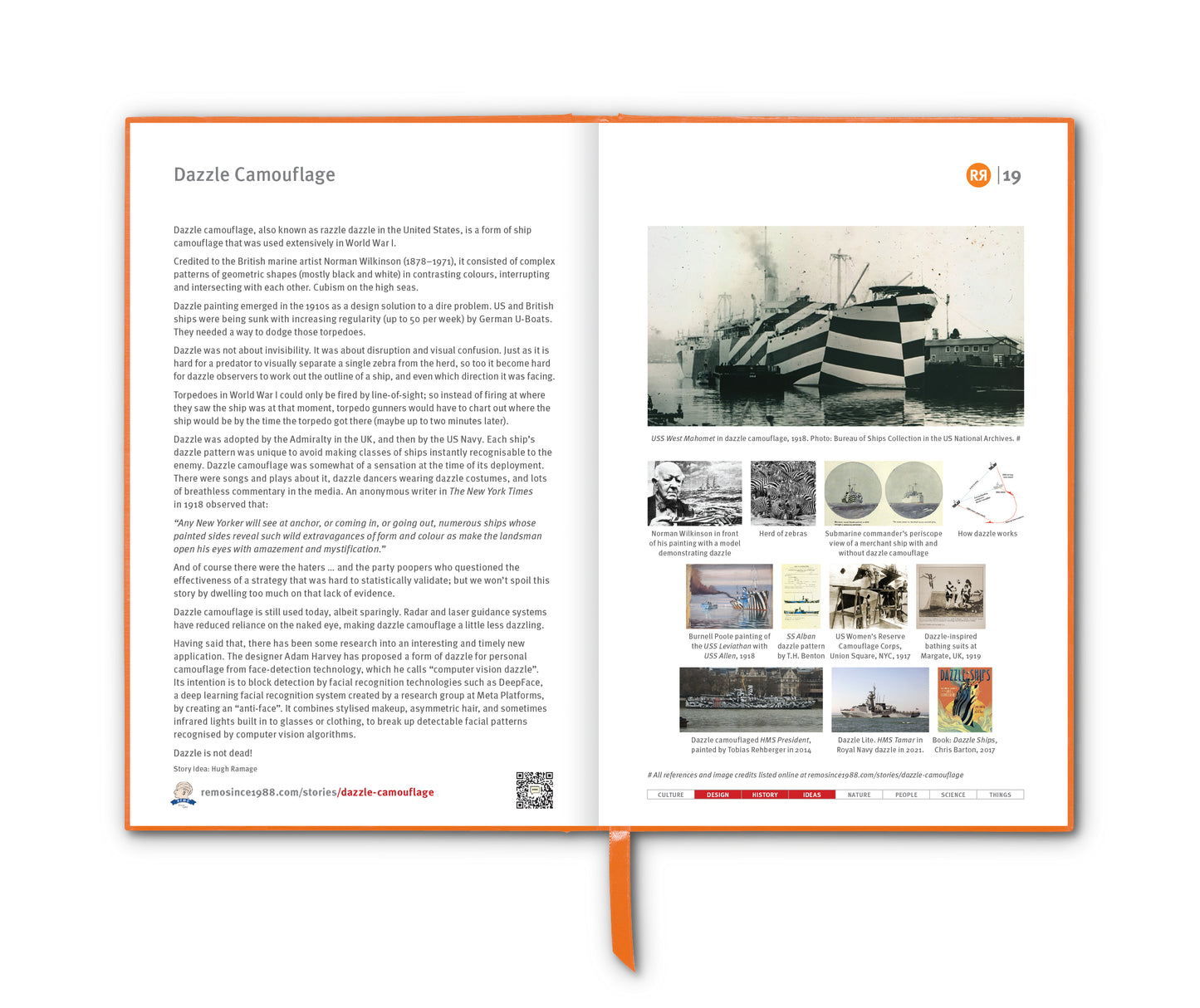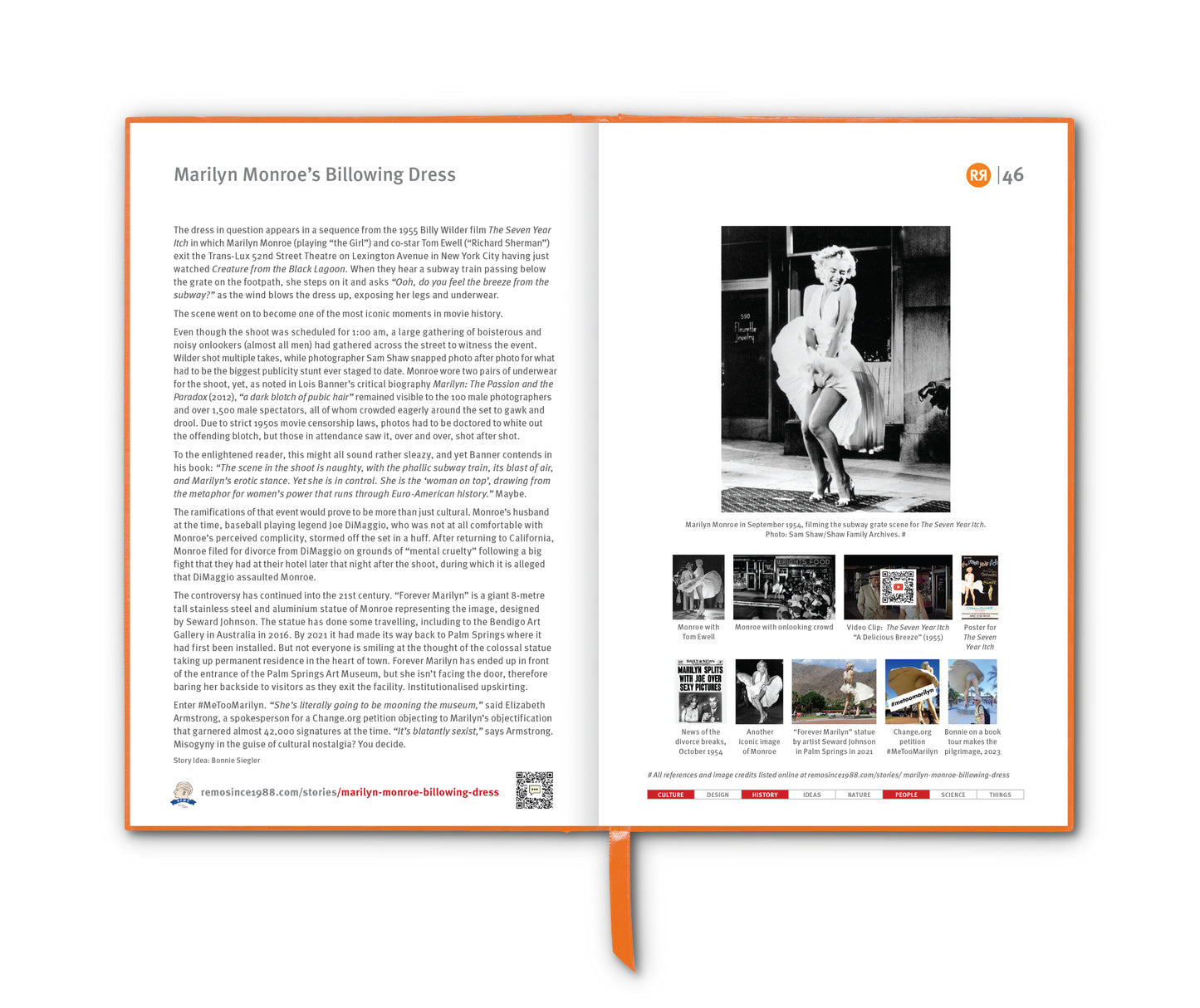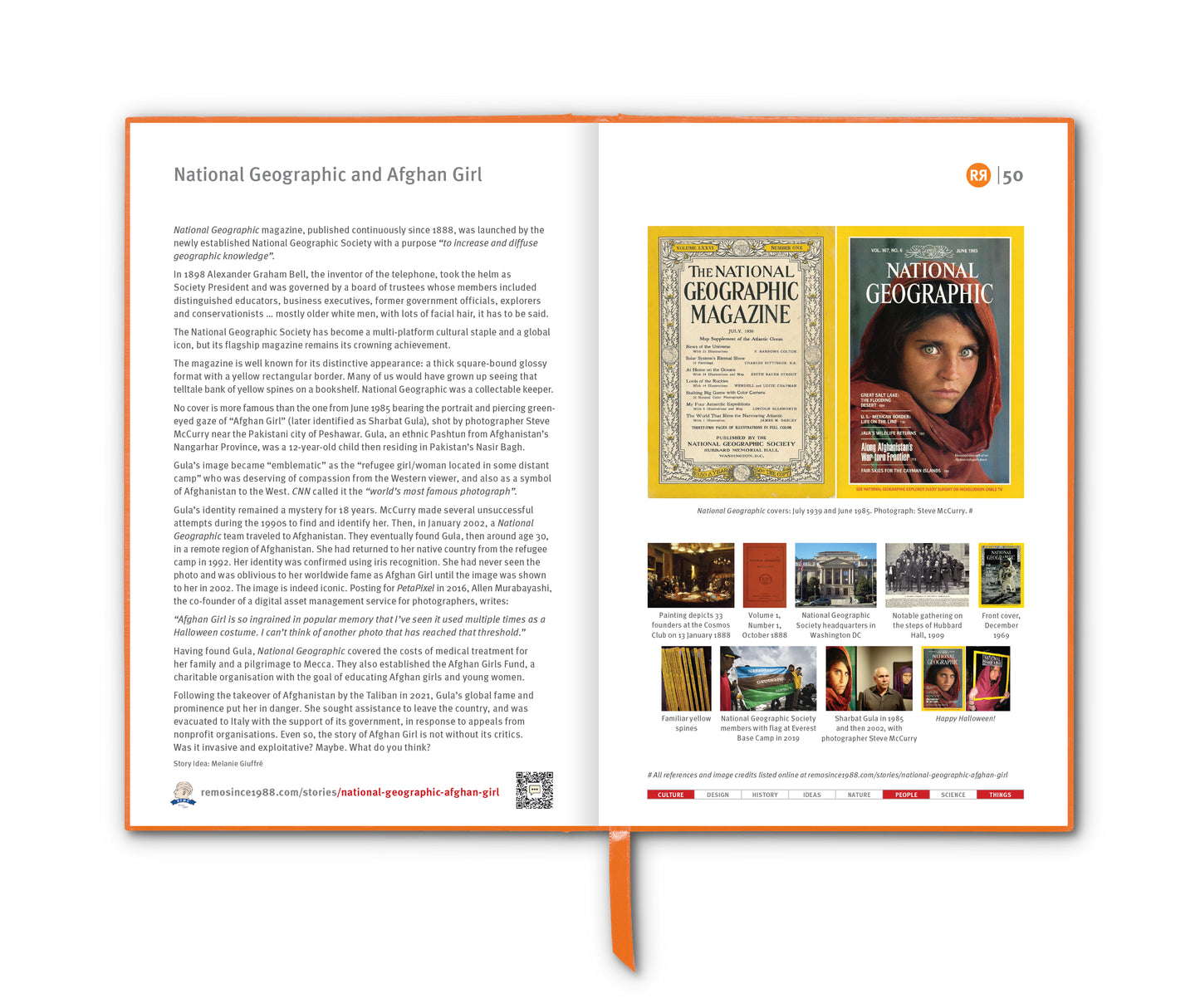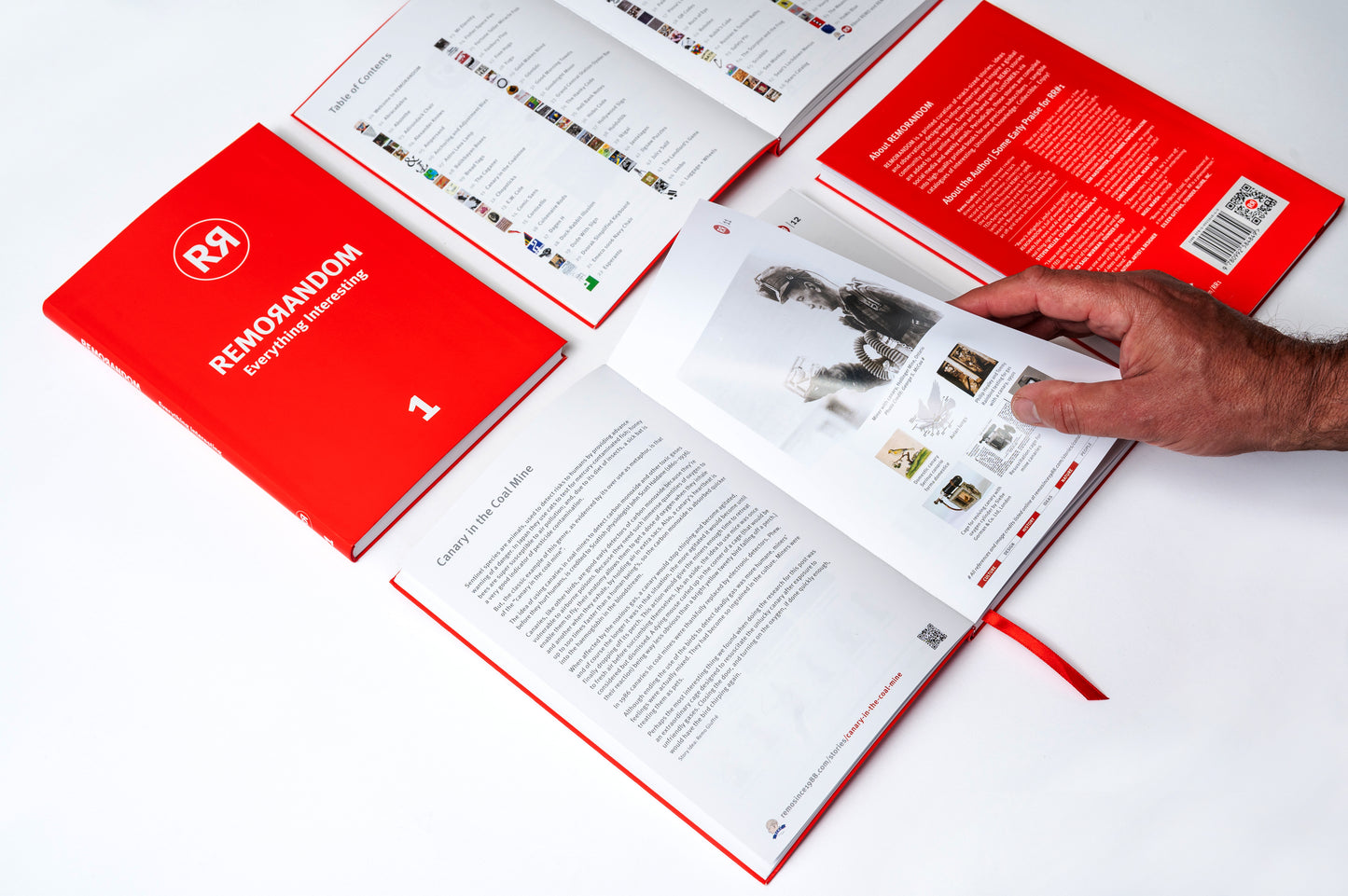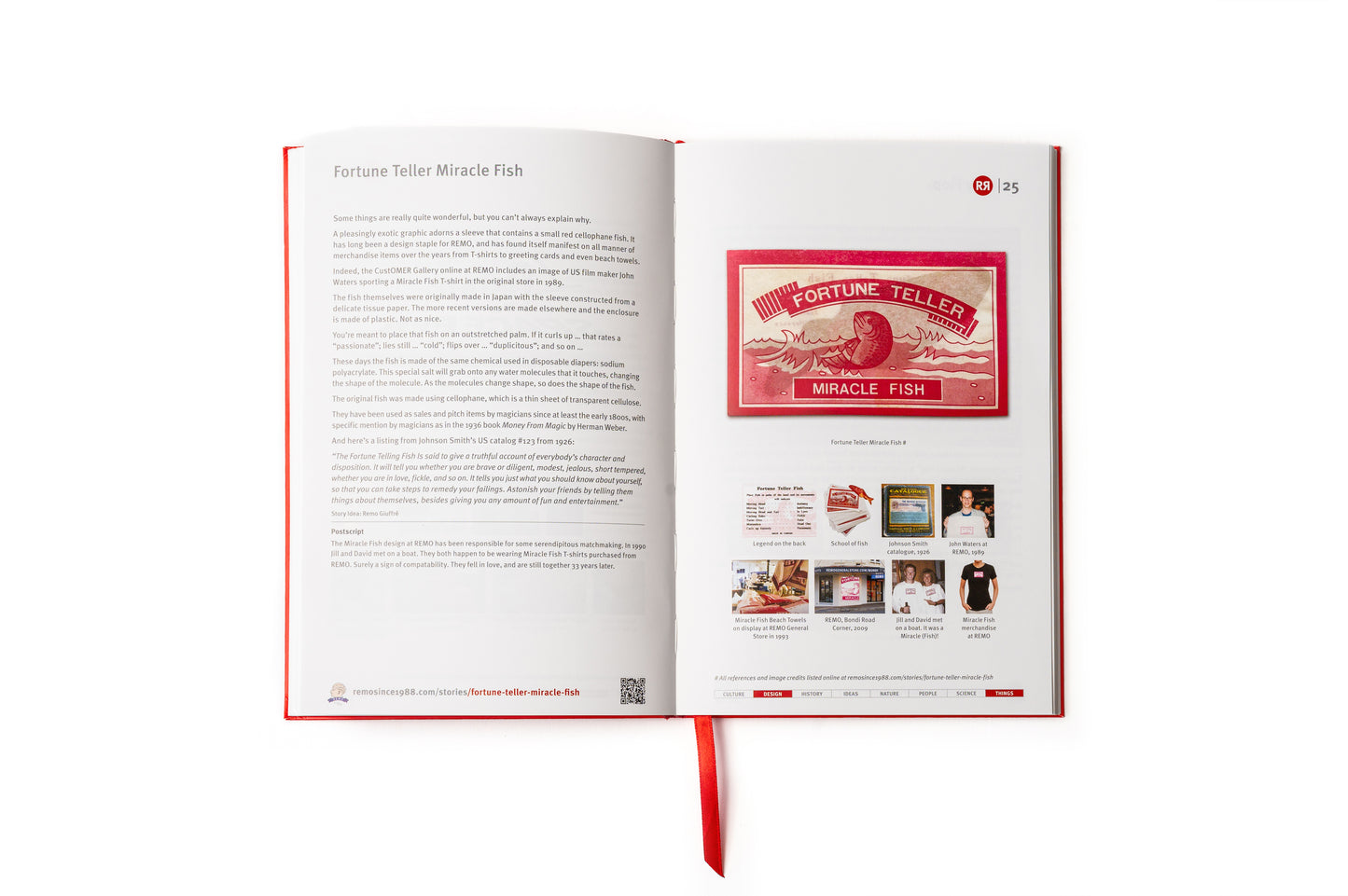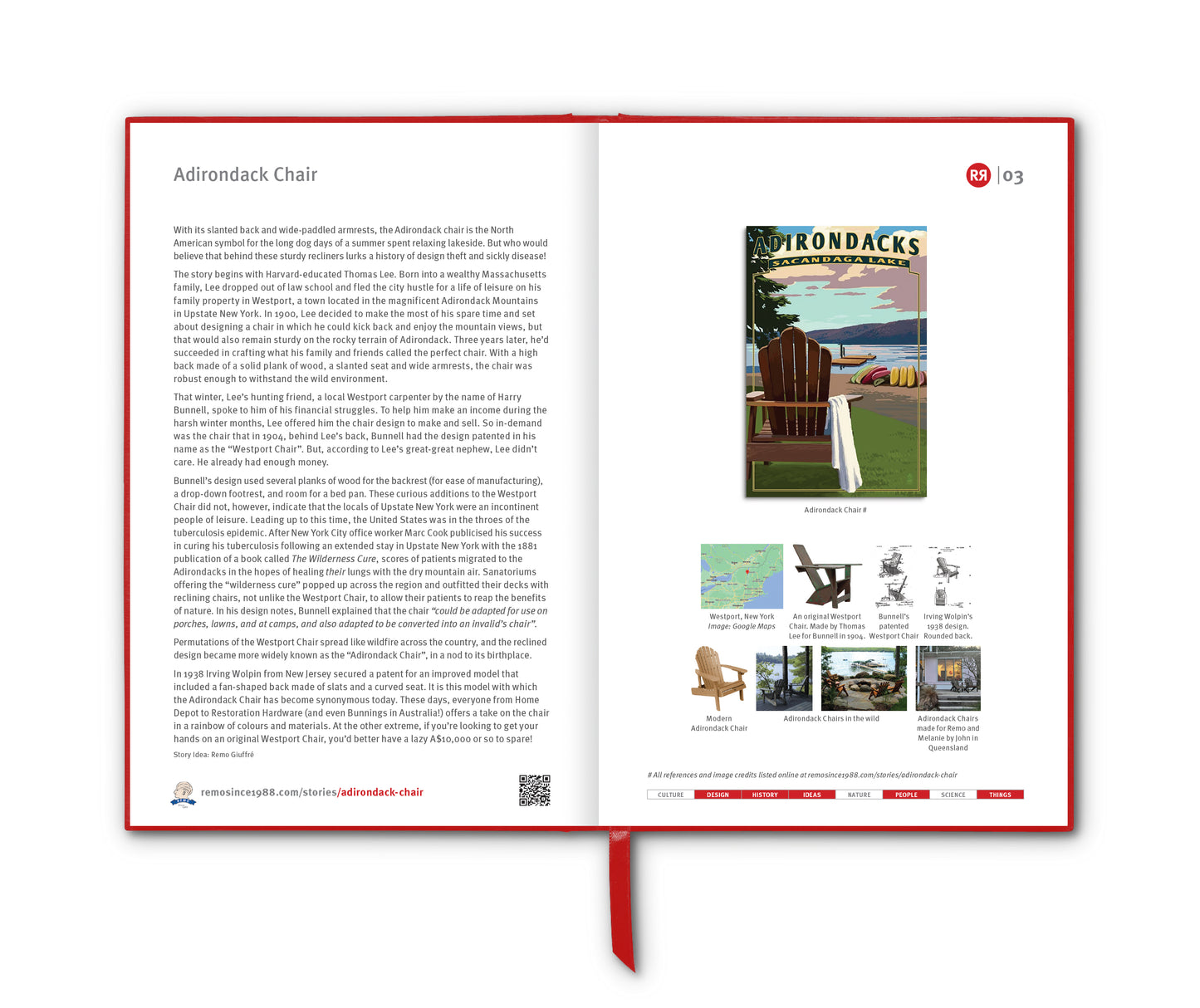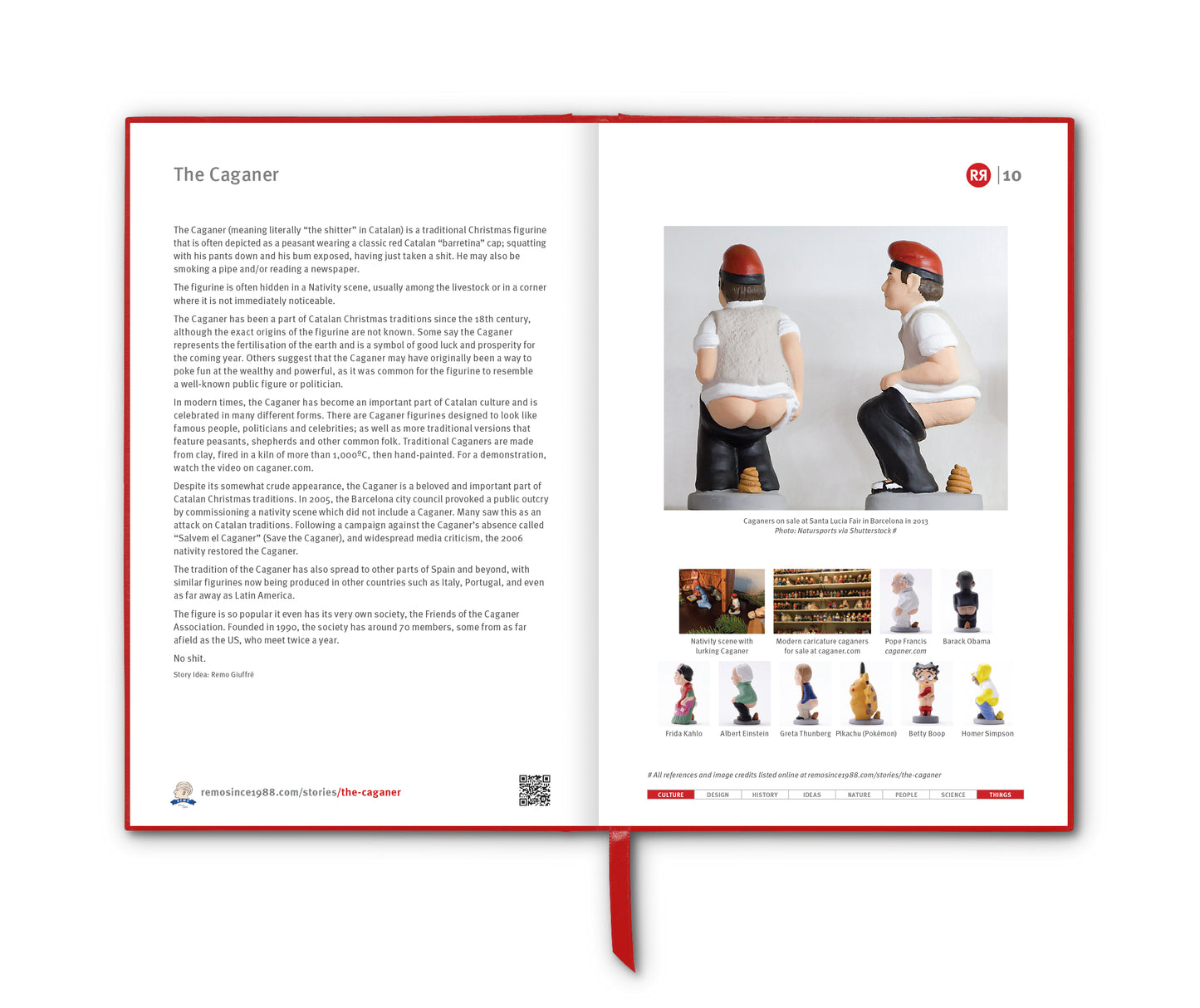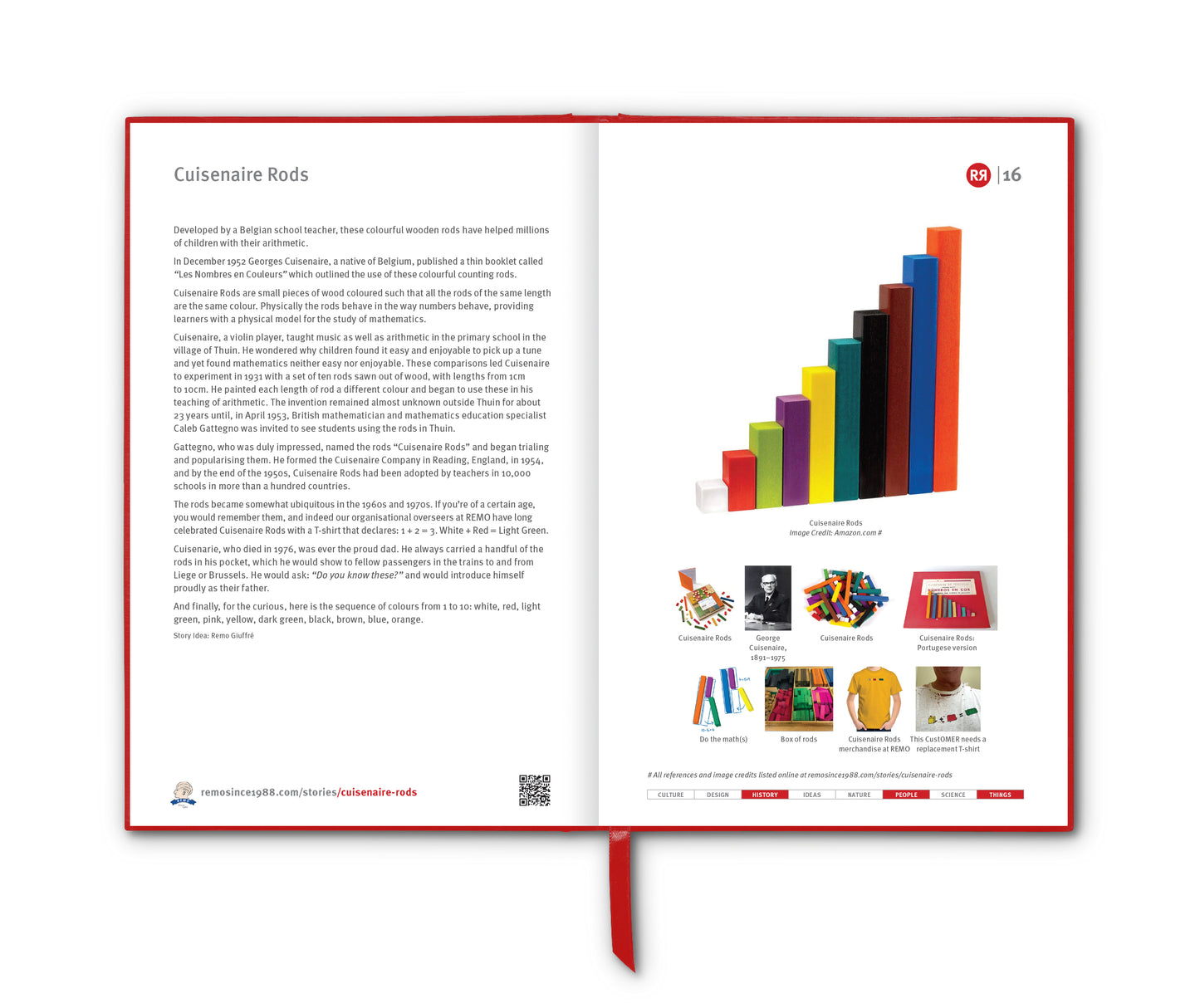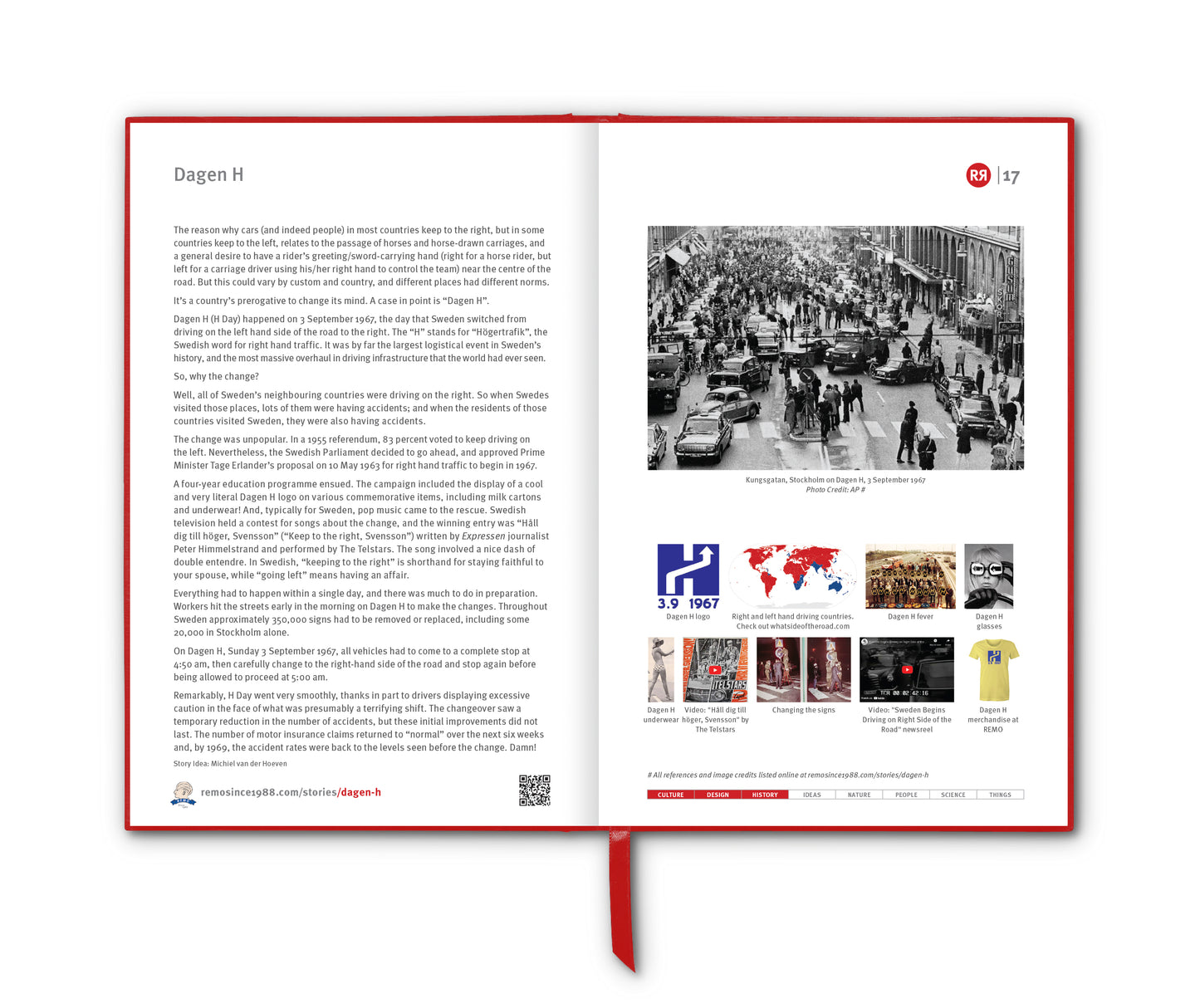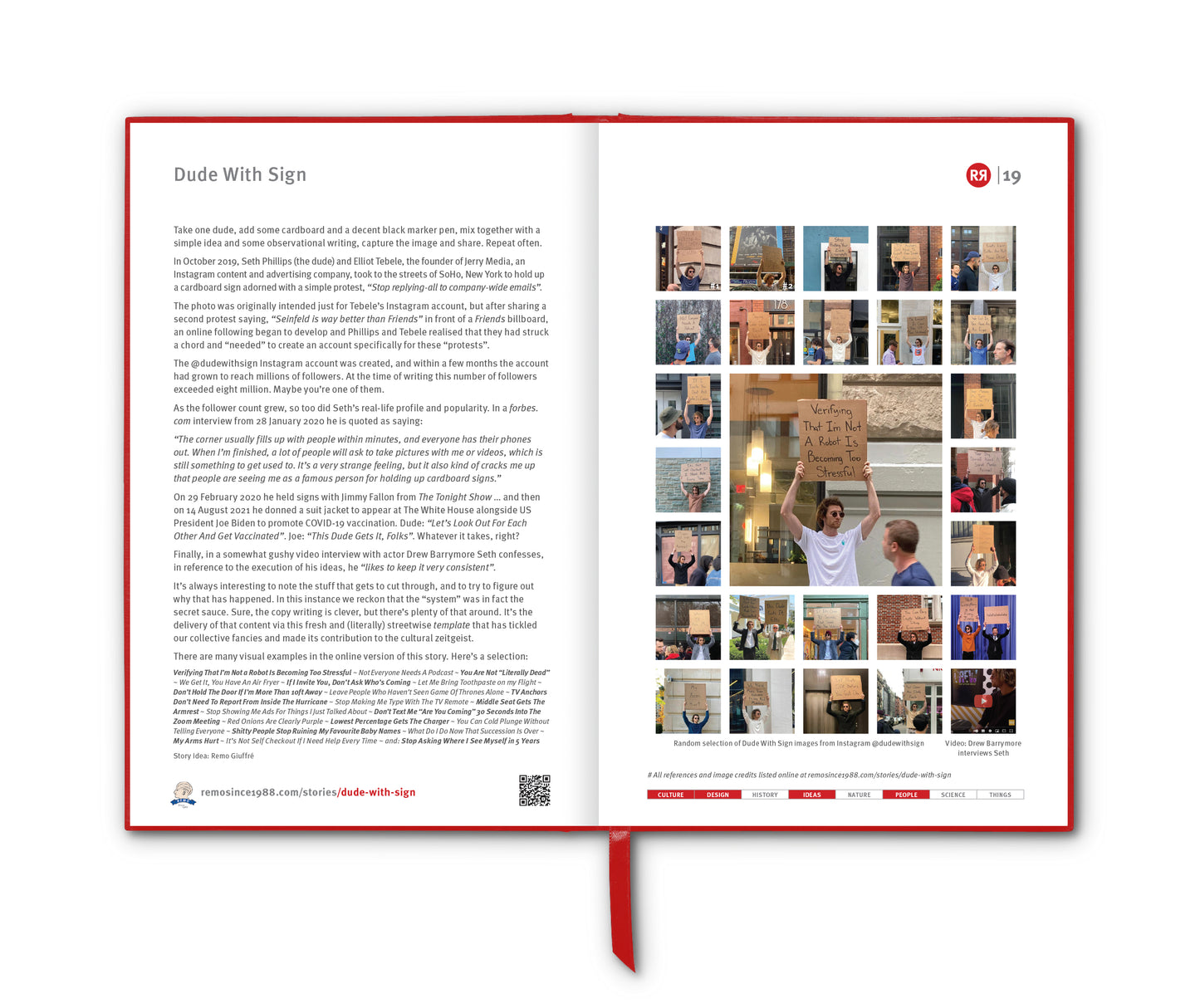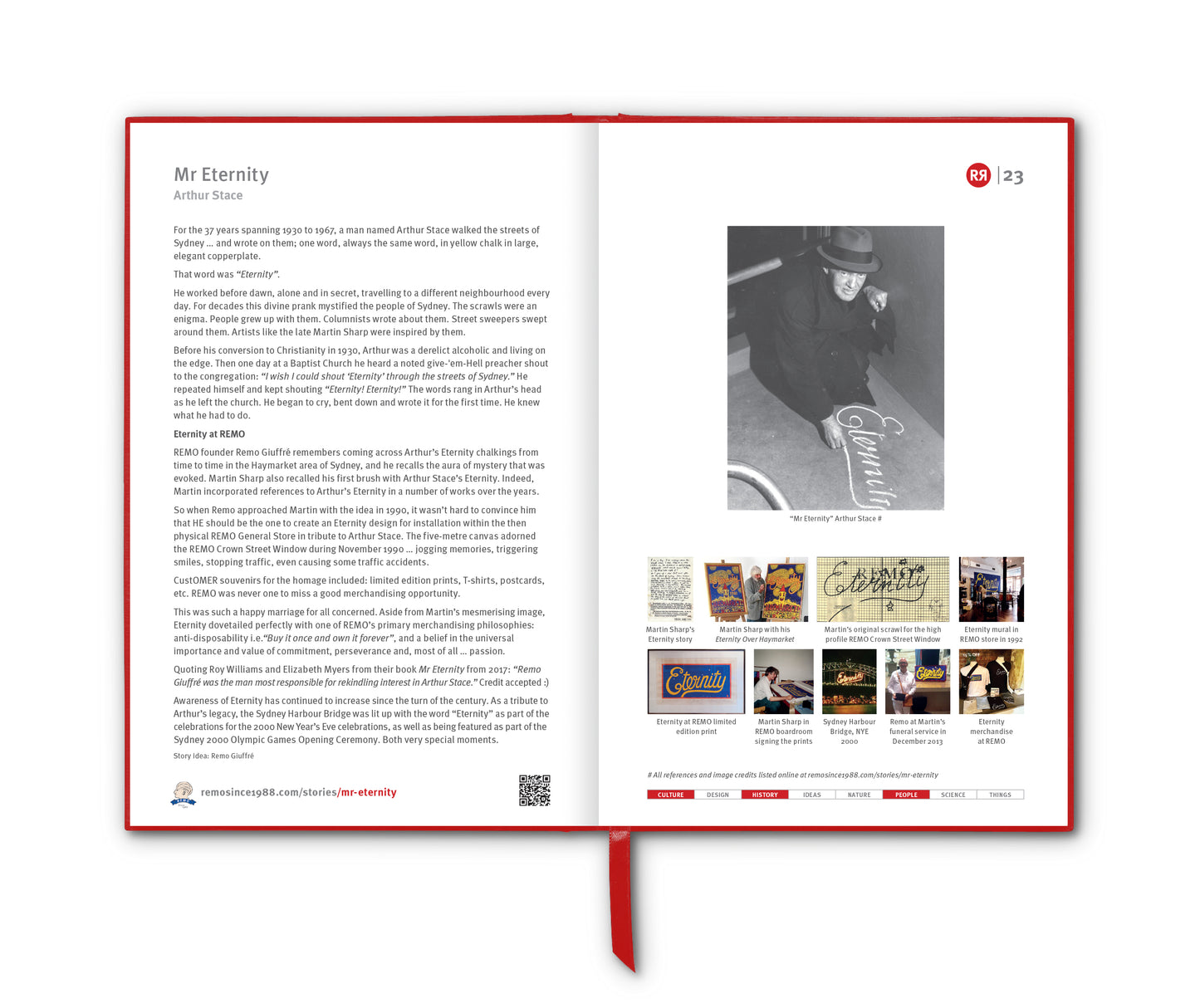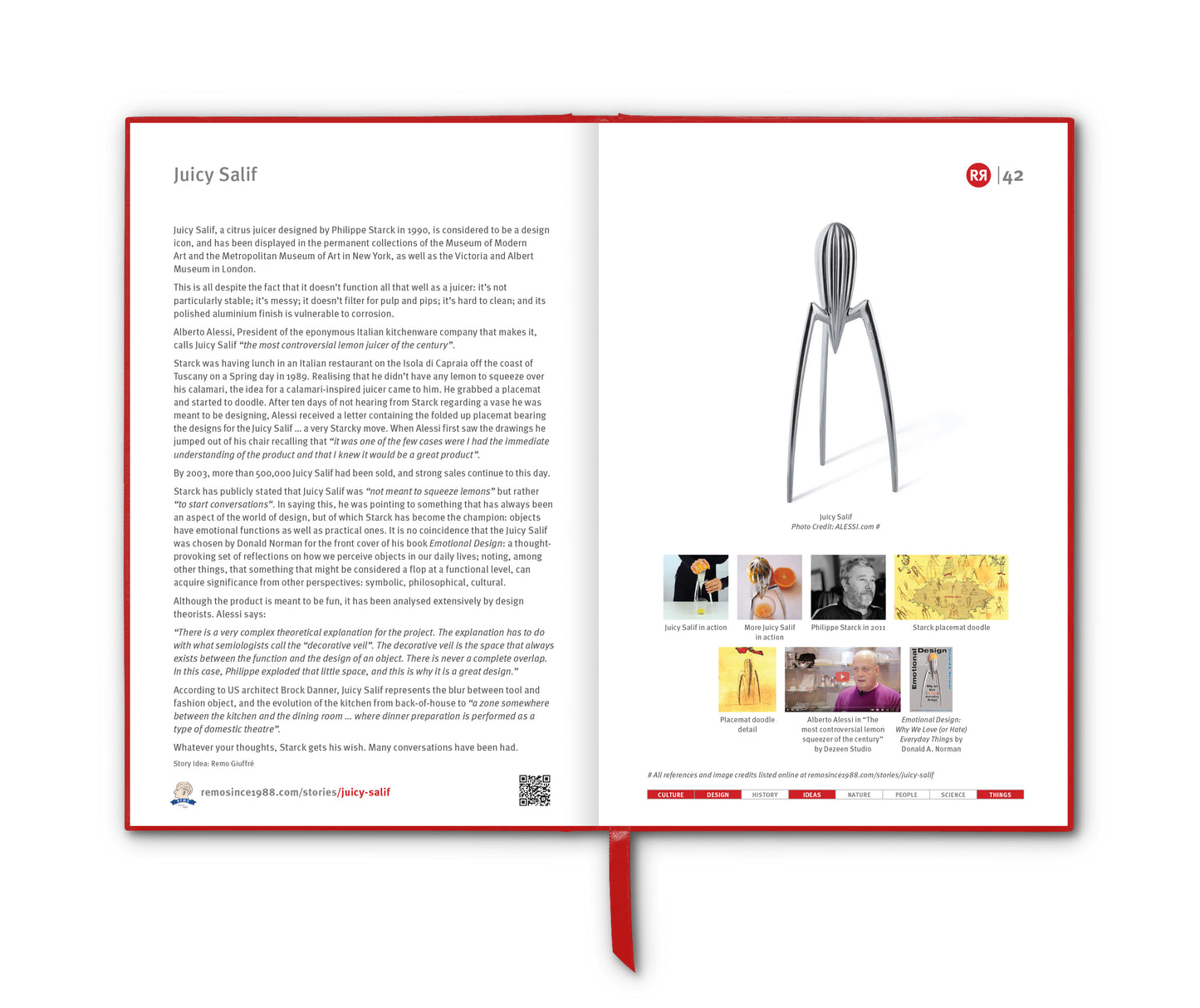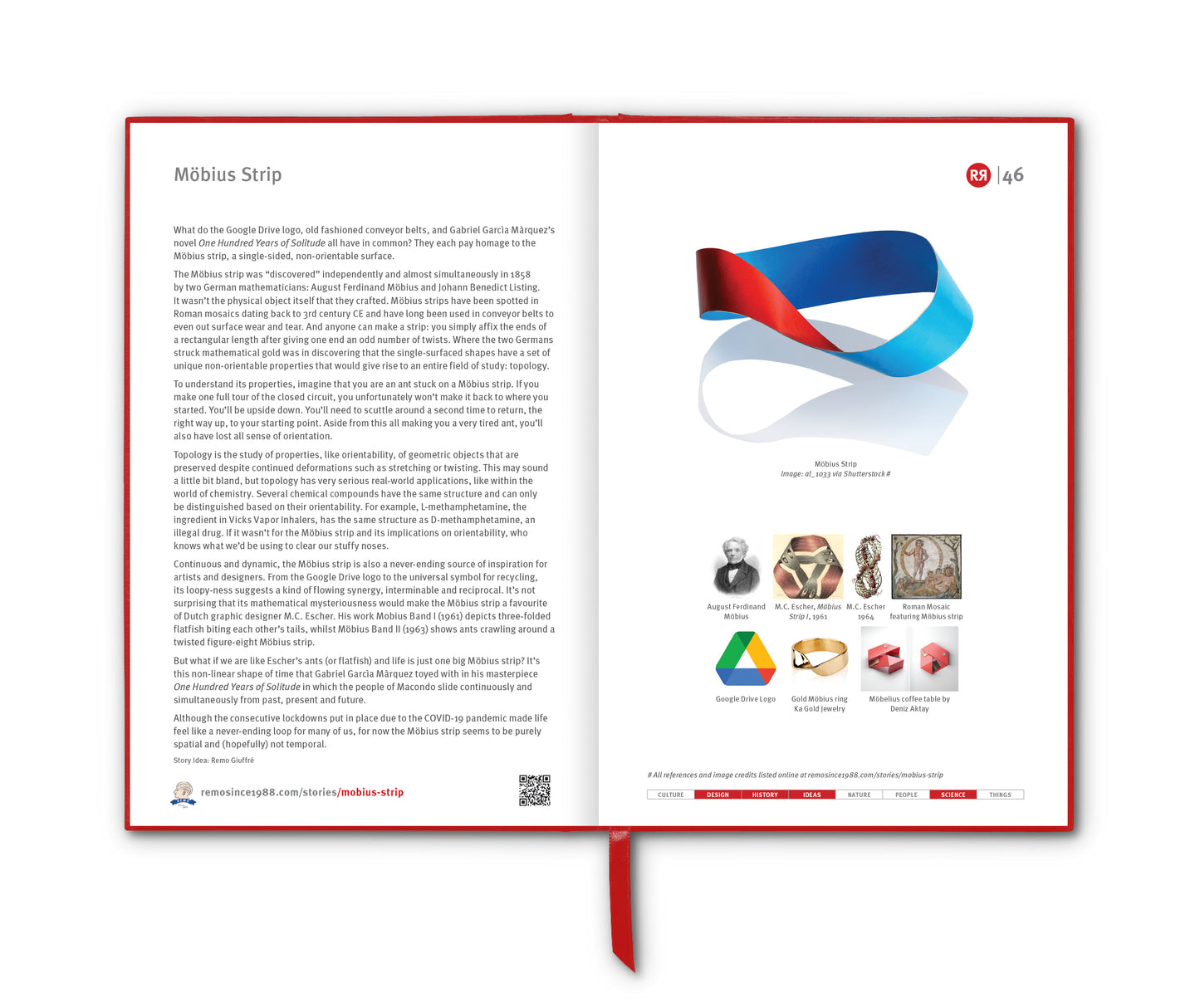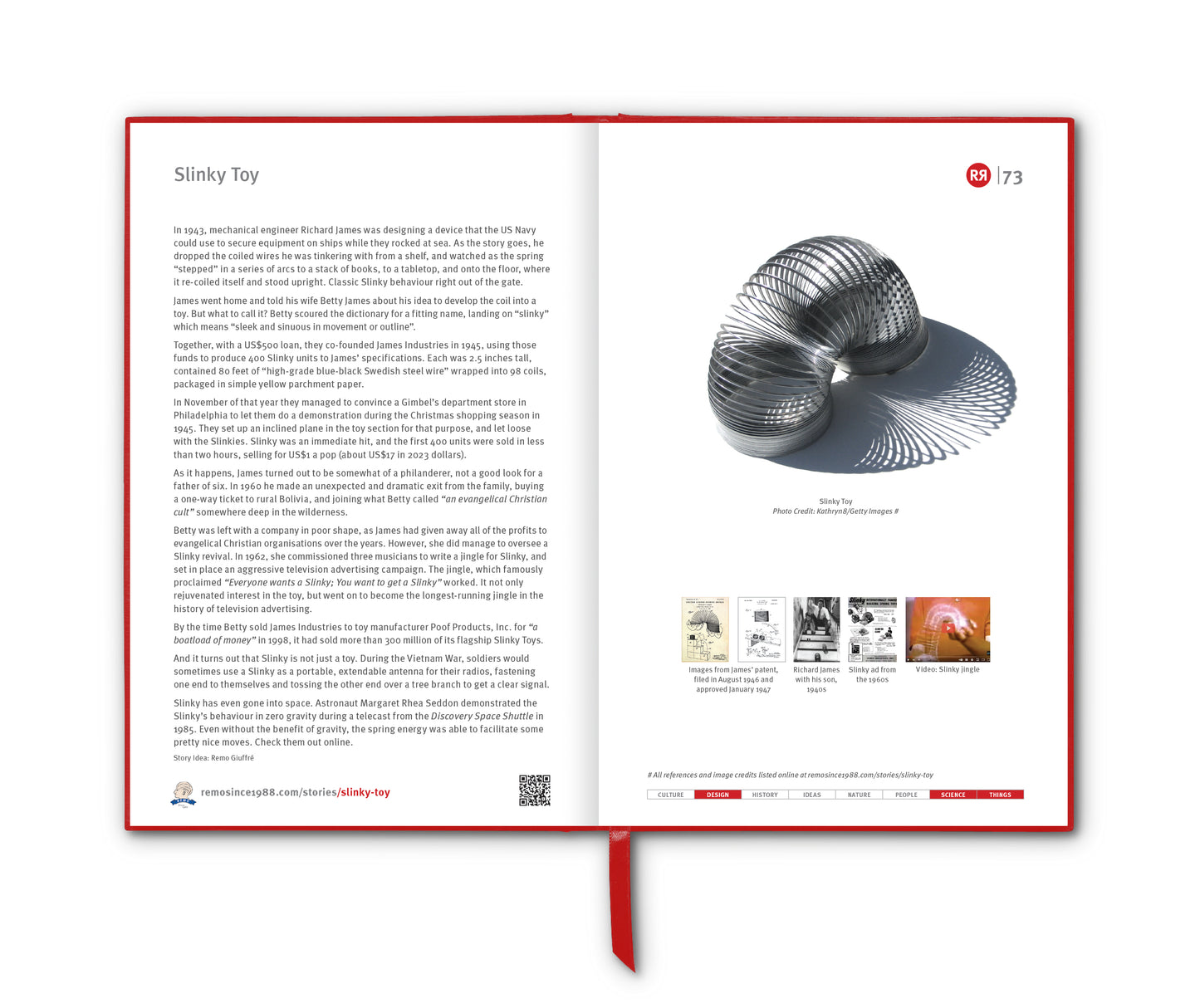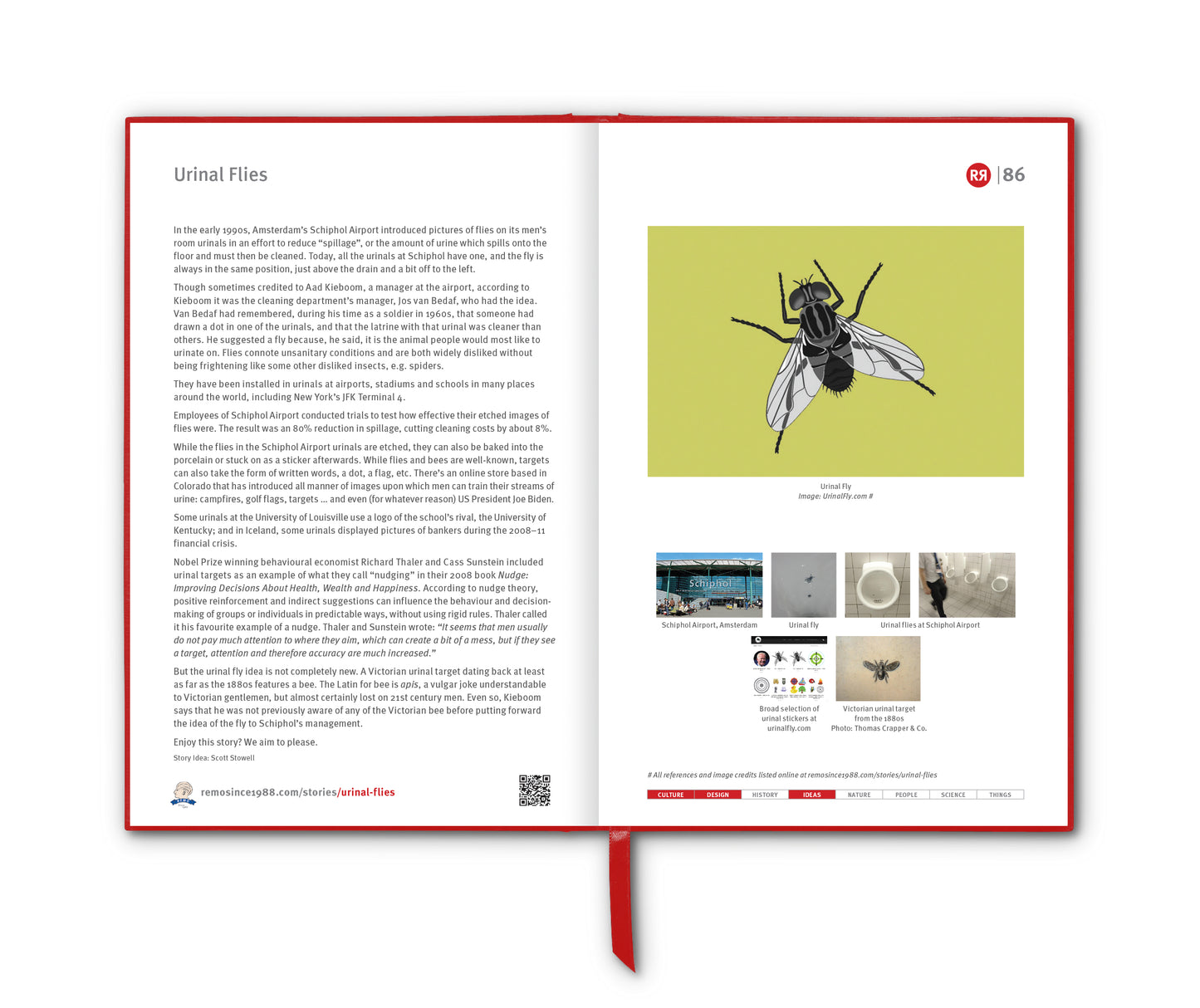.
Just when you thought you knew all there was to know about how horses walk and run, along comes some new knowledge about Icelandic horses.
Despite their small stature – typically standing between 13 and 14 hands (1.3 to 1.4m) high – Icelandic horses are not considered to be ponies. Instead, they are known for their strength, endurance and spirited personality. These horses have been bred in isolation for over 1,000 years, making them one of the purest horse breeds in existence. Icelandic law strictly prohibits the importation of horses, and once an Icelandic horse leaves the country, it can never return. This ensures the breed remains free from disease and maintains its genetic integrity.
Brought to Iceland by Norse settlers in the 9th and 10th centuries, the breed is mentioned in various documents from throughout Icelandic history; an early reference to a named-horse appears in the 12th century. Horses were venerated in Germanic religion, a custom brought to Iceland by the country's earliest settlers. Centuries of selective breeding have developed the Icelandic horse into its modern physical form.
So, why is this interesting? One of the most intriguing aspects of Icelandic horses is their distinctive gaits. While most horse breeds have three natural gaits – walk, trot and canter/gallop – Icelandic horses have two additional gaits: the tölt and the skeið or “flying pace”. Because we’re not used to seeing horses move this way, they both look kind of crazy.
The tölt (ambling gait) is a smooth, four-beat gait known for its incredibly smooth ride, allowing riders to travel long distances without discomfort. In Icelandic horse competitions, riders showcase the smoothness of the tölt gait by carrying a full glass of beer without spilling it. The better the tölt, the less beer is lost. It’s a thing.
The flying pace is a high-speed, two-beat gait where the horse moves its legs on the same side simultaneously. This gait is so fast and smooth that it’s often used in racing and can reach speeds of up to 50 km/h (31 mph).
The “Horses of Iceland” YouTube channel includes a video demonstrating all 5 gaits HERE.
Icelandic horses are also known for their resilience and ability to survive harsh conditions. Their thick, double-layered coats help them withstand Iceland’s freezing temperatures, and their stocky build allows them to navigate the rugged volcanic landscape. They are incredibly sure-footed, making them ideal for traversing rocky terrain, rivers and even snow-covered mountains.
Culturally, Icelandic horses play a vital role in Icelandic heritage. They are celebrated in folklore, featured in traditional sagas – and remain a crucial part of local festivals and competitions. Today, they are not only a source of national pride but are also gaining popularity worldwide for their versatility and charm.
Story Idea: Melanie Giuffré
____________________________
References
horsesoficeland.is
wikipedia.org/wiki/Icelandic_horse
Images
1. Icelandic Horses
2. Icelandic Horse. Photo credit: Christiane Slawik
3. Map of Iceland
4. 19th-century depiction of Norsemen landing in Iceland in 872
5. Icelandic Horse gaits diagram
6, 7, 8, 9, 10. Video: “5 gaits of the Icelandic horse” Horses of Iceland, 2017: walk, trot, tölt, gallop and flying pace.
11. Holding the beer steady


















